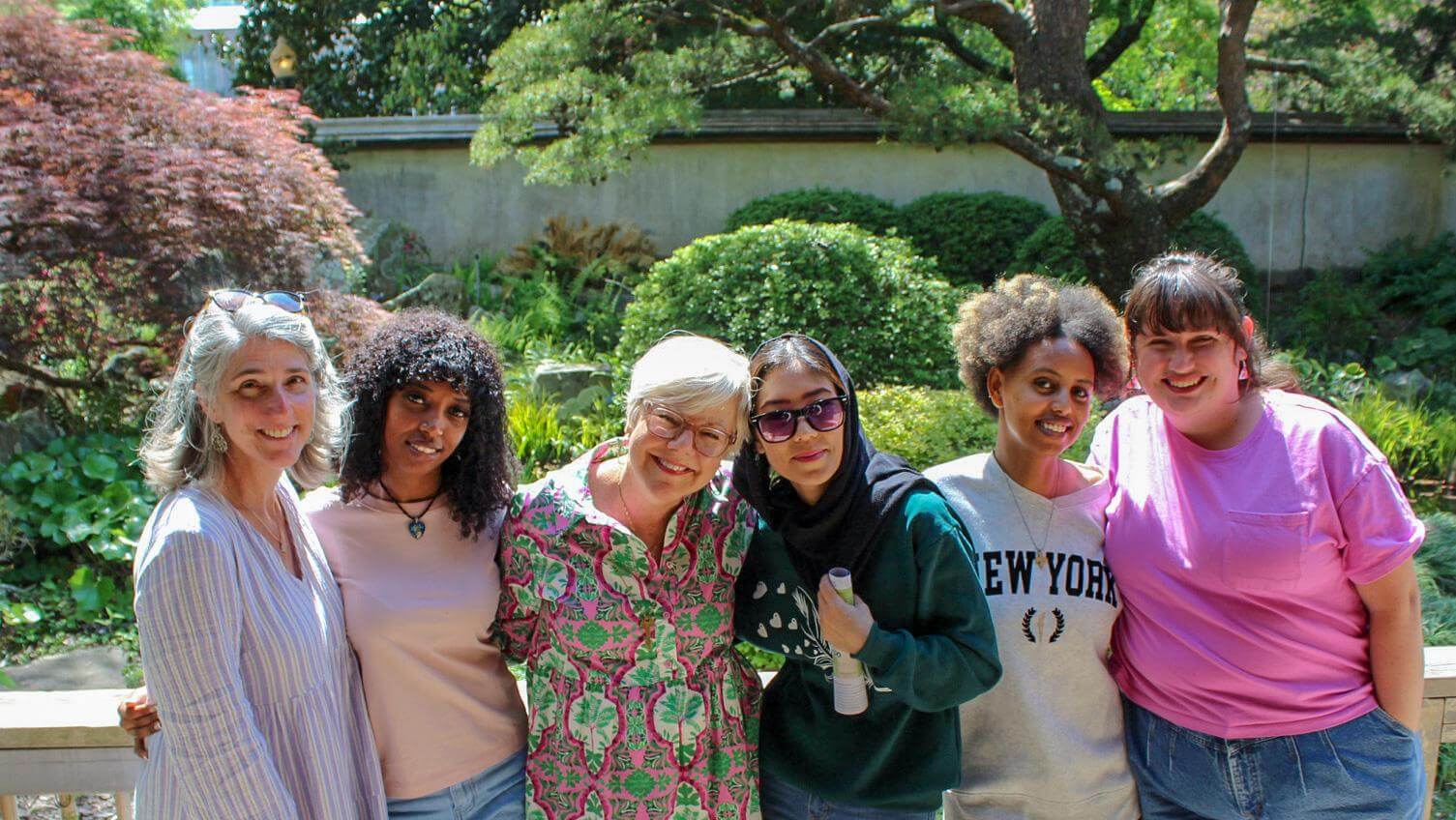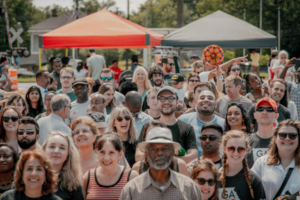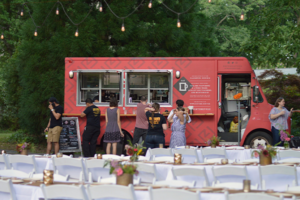Kaimamiru
Today, I invite you to look between. Between the words you hear about all the sides. To look between words like “blood bath” and “anti-democracy” (for that matter, all the anti- words: anti-science, anti-faith, anti-whatever), words that shout at you to take a side because the other side is reprehensible (and maybe it is). What if you looked between the big issues that are almost always painted in broad, opaque strokes by politicians, influencers, and leaders, to look between the very idea of a nation or an ethnicity or any category that assumes all people within that category can be defined by one narrow prototype?
In his brilliant book Silence and Beauty, Makoto Fujimura uses a word that comes from the art of Japanese gardening: Kaimamiru, which literally means to “see between.” Describing a bamboo fence in a Japanese garden, Fujimura says, “The most beautiful and intriguing experience comes from seeing in between.”
This is such a helpful and yet illusive perspective. I find it hard to maintain. But there are days where it’s easy. I want to craft more experiences to make “seeing between” more natural. Like coffee or tea with someone new or listening to “the other side” without an agenda from time to time. Or like Sunday…
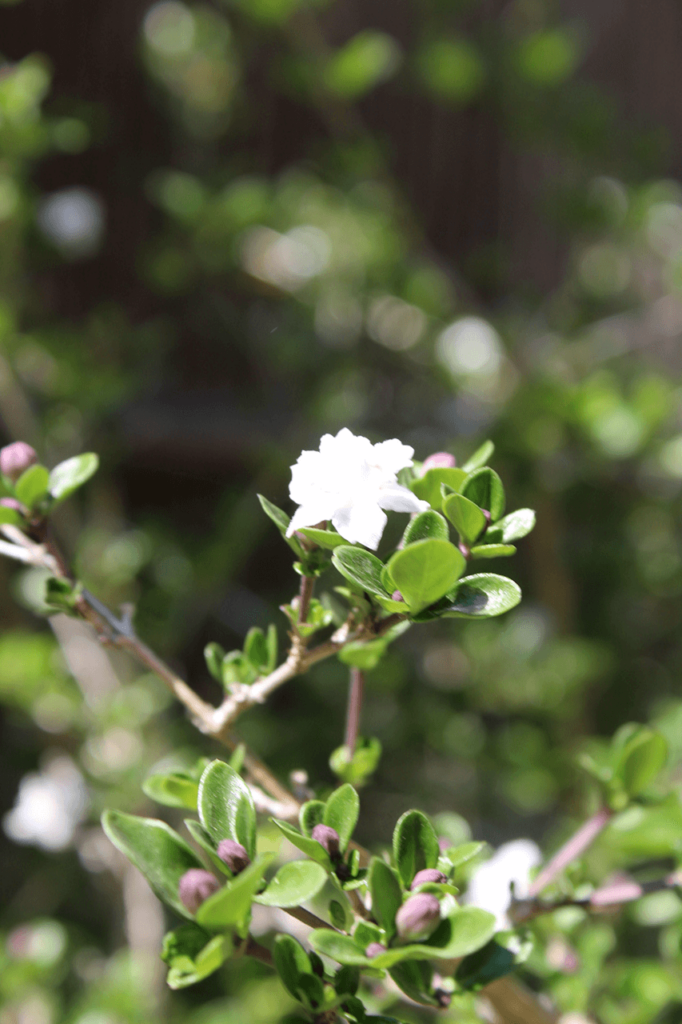
A few of us took some of our Clarkston barista trainees to the Atlanta Botanical Gardens. A friend had taken me recently, and when I showed Hiyab and Nafisa photos from my outing, they both said, “Ohhhhhh, I want to go there. Where is it?”
Of course, we had to go. I wanted my new friends to experience beauty in the way I have lately, as healing and expanding. We oohed and ahhed over the orchids and tulips and azaleas, and then we made our way to a small, pristine Japanese garden. These women are from countries that are actively at war. As we walked, we talked about the brutality of the Taliban for the family of one and the dangers of life in Eritrea for the families of the others. We talked a little about our respective roles at Refuge Coffee. (Hiyab asked why the garden didn’t serve our coffee!) But mostly, we talked about the beauty of the place we were in and the way it made us feel.
I’m thankful for all the ways you support us, the ways you see between the issues to the people affected by them, and the many ways you join us in seeing between.
More on the Subject
It’s easy today to cast nations or “sides” as targets of, at best, our anger, and at worst, our bullets. Last week, I read a political commentary that suggested that, “when we talk about nations like they’re people, we erase the fact that in some countries the actual people have no say in what their country does.” Nowhere is this more evident than in the lives of the refugees we know who left their homes because of decisions others made for them (or, rather, against them). I’ve spent enough time in the past 10 years with the people who got caught in the deadly crosshairs of targets to see conflict as merely black and white.
I understand that this is a naïve take on geo-politics or even on the state of American politics. I am not advocating for a kind of relativism that does not call out evil, especially when evil robs others of justice or even of their very lives. But I also know that when we do not see between and only see the opposing sides, we are prone to think of people as enemies, we grow scarily anxious and perpetually defensive. I want none of that, and I think you don’t either.
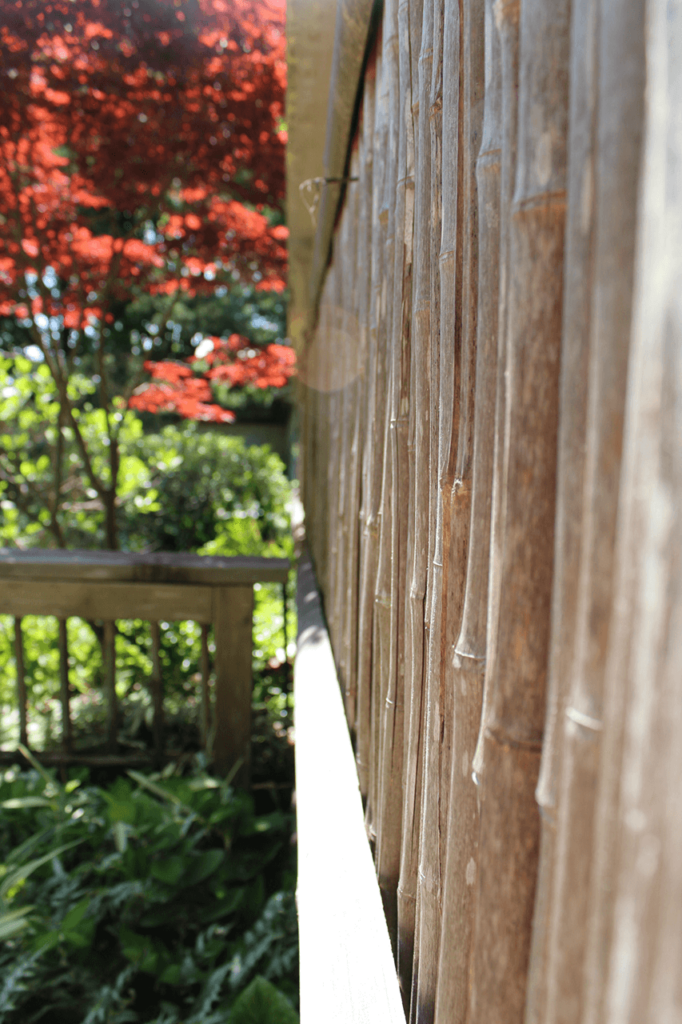
But nuance is difficult to grasp. Fujimura’s book is part memoir and part analysis of Shūsaku Endō’s 1966 book Silence. (Silence is a tough read, but so beautiful. In a New Yorker review, John Updike calls it a “remarkable work, a sombre, delicate, and startlingly empathetic study of a young Portuguese missionary during the relentless persecution of the Japanese Christians in the early seventeenth century.”) Fujimura describes Endo in a way I find intriguing. This description gives me something to aspire to if I am ever going to be an agent of love:
“I see Endo’s prism as heightened awareness of reality. Endo is at once complex and innocent; he looks at trauma-filled reality as if through a kaleidoscope, and finds a prismatic image.”
Complex and innocent.
Here’s to the intentional work of seeing between. Seeing prisms instead of hard shapes. Nuance instead of generalization. Perhaps this is the only way we can maintain the complexity necessary to serve well and the naivete required to love even better.
Kitti

